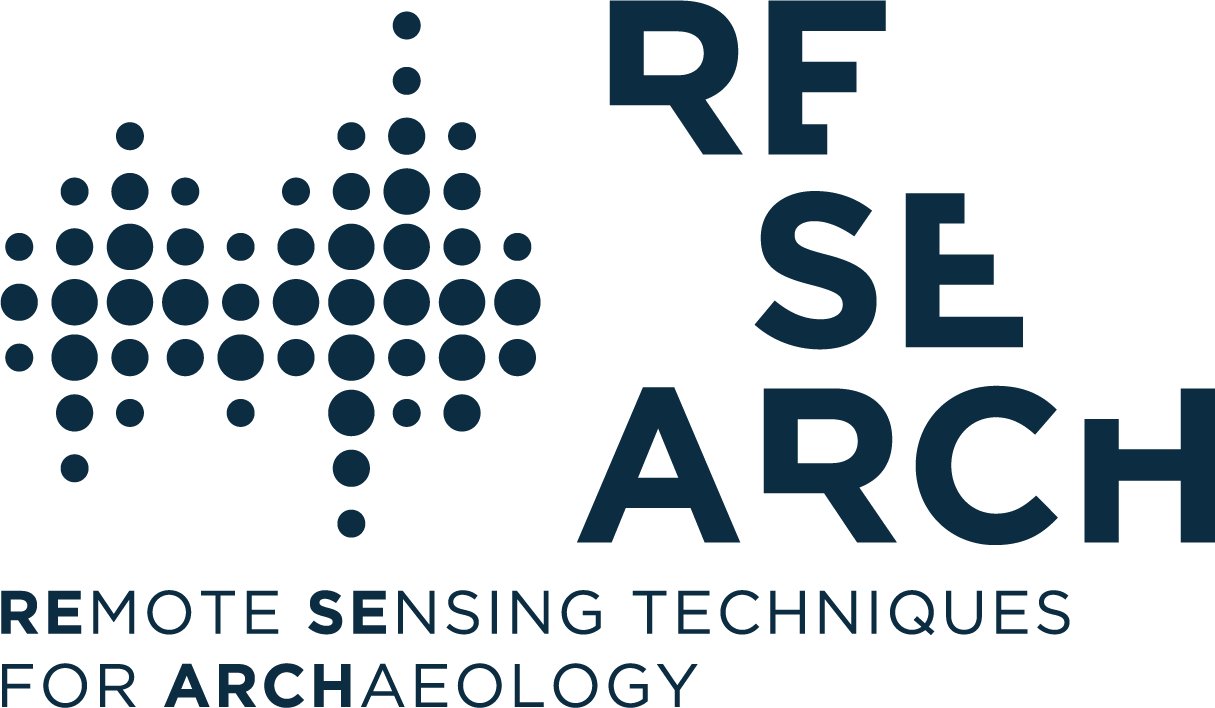Land movements, also mass movements or mass wastings, are alterations of landforms occurring in response to gravity and earth movement, often aided by the impact of water and human alteration of environmental conditions. They predominantly have a vertical direction and includes a variety of processes producing the downslope movement of surface materials, such as soil, rock, or mud.
If land movements occur in archaeological areas, they can damage, or even destroy, standing and buried structures, as well as archaeological stratigraphy. Damages potentially increase in case of abandonment, and absence of effective strategies of risk analysis and monitoring of the area.
RESEARCH is developing an EO data processing chain based on the use of medium/high-resolution Synthetic Aperture Radar (SAR) data, putting together existing and newly developed modules: differential interferograms generation, deformation map calculation through specific algorithms, surface velocity map generation as input to the structure stability risk model. Differential SAR interferometry (D-InSAR) and Persistent Scatterer Interferometry (PSI) methods allow to assess the stability of the ground and identify ground motion caused by processes as subsidence and landslides at and near archaeological sites. Both methods will be applied to the case studies of Amathous, Falerii Novi, Itanos. RESEARCH will design a risk assessment model for evaluating land movement potential impact on archaeological heritage, by combining hazard maps based on the output data of data processing chain with archaeological vulnerability maps based on archaeological records.
Data processing software and risk model development provides the opportunity for secondments among partners, even if the COVID-19 Pandemic, and the related travel restrictions enact to contain the spread of the virus, affected the regular implementation of secondments during 2020.
At this stage of Project activities (February 2021), a detailed report regarding the contribution and potential use of SAR remote sensing data for landslides/subsidence mapping services and structural stability analysis has been produced, including the description of the EO data processing chains selected for land movement detection. D-InSAR data collection and processing are almost completed, while the collection of CosmoSkyMed data will start in 2021, followed by the processing through the PSI method.

WORK PACKAGE
SOIL EROSION
Soil erosion is a natural phenomenon of soil loss manly due to water runoff and wind.
LAND USE CHANGE
Coastal erosion, agricultural activities, urban sprawl, uncontrolled vegetation growth are only some of the factors provoking land use change.
THEMATIC PLATFORM
RESEARCH project aims at the creation of a Thematic Platform including back-end and front-end (Web Portal) and external interfaces.
CASE STUDIES
Falerii Novi (Italy); Amathous (Cyprus); Almyriotiki (Greece); Itanos (Greece); Vaitsi Mill (Greece); Slawno-Darlowo area (Poland) in particular: Darlowo monastery, Cisowo, Dzierzecin.
